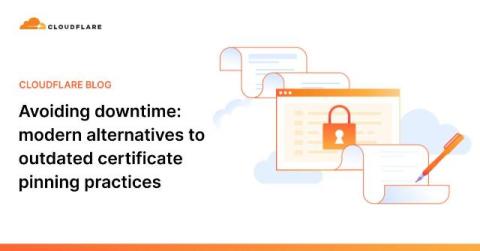PII vs. SPI: Key Differences and Their Importance
Personal Information (PI) encompasses any data that can identify an individual, either directly or indirectly. This includes basic information such as names and addresses. It also includes more specific details like Social Security Numbers (SSN) and biometric data. Understanding the difference between Personally Identifiable Information (PII) and Sensitive Personal Information (SPI) is crucial for effective data protection.










